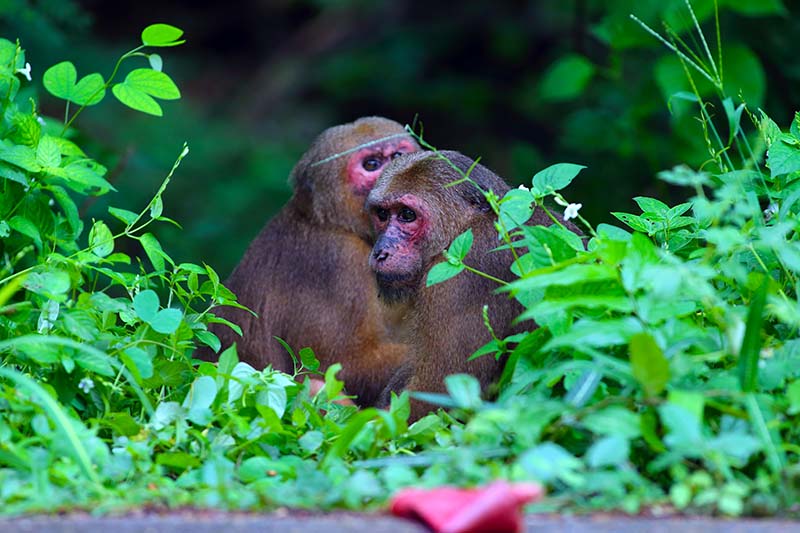
1.5-minute read
Coexistence is about care, not control. It is about reciprocity, not retribution.
Peter S. Algona from The Accidental Ecosystem.
Over the course of the past year, we’ve written about creature life, the beauty, benefits, and science of nature, and some of the people and organizations working tirelessly to protect and preserve the living world that we love. In the spirit of the giving season, we dedicate this year-end blog to one of our favorite conservation non-profits in the hope that they will become one of yours.
Big Life Foundation: Conservation Supports People. People Support Conservation.
Protecting 1.6 million acres of wilderness in the Amboseli ecosystem in East Africa, Big Life has partnered with local communities for over a decade to safeguard nature, benefiting both people and wildlife.
Across alpine meadows, mountain forests, savannas, and wetlands, the holistic conservation organization secures habitat and migratory corridors for elephants, giraffes, zebras, wildebeest, gazelles, hartebeests, and other native species by creating economic opportunities for native people to participate in protecting the ecosystem they depend on to survive.
And that collaborative approach to preserving nature has been incredibly effective. Thanks to Big Life’s community-based conservation and anti-poaching campaign, wildlife numbers in the Amboseli are on the rebound—giraffes have quadrupled, and there are ten times more lions and more elephants roaming the ecosystem in the past year than any time in the last half-century—much-needed hopeful news as global wildlife numbers continue to plummet.
Devastating Drought: A Call to Action
Following years of success implementing strategic interventions to sustain East Africa’s wildlife and wildlands, Big Life and their conservation partners are now facing a heart-wrenching climate-based crisis. The fourth year of the worst drought in decades across the Horn of Africa has devastated the region.
Prioritizing vulnerable communities and children, Big Life is providing school lunches across the Amboseli ecosystem and environmental work for women to help feed their families. Until the rains return, they are also pumping water into remote areas for migrating wildlife and providing hay and food pellets to prevent starvation. The effects of this environmental crisis will likely last for months. Right now, the conservation organization is in critical need of assistance. If you would like to pitch in to help save Africa’s iconic animal species and provide relief for drought-impacted communities, please visit BigLife.org to learn more about their life-sustaining work—for the love of the living world.

ICYMI Nature News
A Big Plan for the Entire Planet
This week’s really big news is that international negotiations are underway in Montreal to develop a roadmap to protect biodiversity and keep our home planet’s ecosystems chugging along, providing life essentials and soul-soothing extras. What’s at stake? Oceans, rivers, lakes, wetlands, forests, prairies, woodlands, the climate, all creatures great and small—life on Earth. Here’s an explainer. And here are the biodiversity numbers. And here is a visual tour of nature in crisis.
Glow-in-the-Dark Crustaceans
Described as “the most spectacular natural wonder most people will never see”, tiny Caribbean male crustaceans light up their underwater world. Actually, you lucky people can see it here.
Honeybee Half-Life
According to scientists at the University of Maryland, the life span of honeybees is 50% shorter than it was 50 years ago. Fifty percent! We need to bee better.
City Cougar Quadruplets
The world’s largest wildlife crossing is about to get more big cat traffic. A cougar in the Santa Monica mountains near Los Angeles has delivered four healthy cubs, and the mother and adorable babies are doing fine. You can have a peek at the new arrivals here.




































































